Introduction

As fun it is to ride in the rains, it is important that your bike is ready to take on all that downpour for next few months. Unpredictable and slippery road conditions do not just test the rider’s skills, but also gauge the vehicle’s ability to handle the weather. Apart from right riding techniques, it is equally important that you know how to get your bike ready for the monsoon. We’ve got seven tips that will help you through this monsoon.
Tyre check

This is the most basic and also the most important parameter that you need to consider. For good grip in monsoon, it is important that the tyres have a minimum tread depth of more than two millimetres. To check, you can insert a one-rupee coin in the grooves. If you can read the ‘One Rupee’ text clearly, there isn’t enough tread in your tyre. Ensure that treads are deep on the sides as well and not just the centre.
Brakes

Inspect and replace damaged components as and when required. Especially in the case of disk brakes, you need to ensure that they are cleaned at regular intervals. Irrespective of Anti-lock Braking System (ABS) system, sudden braking should be avoided as it will result in loss of tyre traction, thereby causing the bike to skid. Maintaining a good distance is advisable as you will then have enough time and space to bring the vehicle to a halt smoothly.
Chain lubrication

Rainy season results in accumulation of mud and muck in several bike components. It is important that you clean them regularly. Most modern bikes do not get a chain cover, thereby increasing the chances for deposition of dirt, or lubrication being washed away. Hence, it is not just important to clean, but also lubricate it at regular intervals. Mud deposition on the engine block can also affect its cooling efficiency. Therefore, it is important to clean that out too.

Demisting visor spray and finger wiper

Bikers are well acquainted with the problems associated with riding during the rains. Poor visibility, hampered by water, dust and mud on the visor can prove to be a really dangerous situation. There are several aftermarket demisting sprays and finger wipers available. Spray it on the visor and water rolls off it the moment it lands on it, while the finger wiper can be on the index finger and can be used to wipe the visor just like car wipers clear the windscreen.

Electricals check

Run a basic check to ensure that you do not have open wires anywhere. Check the battery terminals and apply a little grease or petroleum jelly on the terminals to ensure that unexpected water spill inside the unit does not affect it.
Using parking cover

No electrical system can be made completely safe from the fury of the monsoon, so using a parking cover or even better, covered parking, is advisable. This will prevent water from seeping inside the bike, and prevent both short-circuits and rusting of metal bits. Small things like a rusted clutch cable will make your ride uncomfortable, and in the long run, rusted body parts will require maintenance that a simple parking cover can help mitigate.
Compact rainwear and waterproof boots

Riding in the rain is fun, but reaching work or going on a date drenched from head to toe will not end well. Hence it is good to invest in good rainwear. Some types of rainwear have that compact design that allows you to roll it and keep it in highly unexpected places like your pocket or that little corner in the bike’s fairing. Also, invest in a good pair of waterproof boots and quick-drying socks so that you do not struggle with wet feet for the entire day.
Photography by Kapil Angane
Gallery
1/11
Bajaj Discover 125 ST Exterior
Double Tap to Zoom











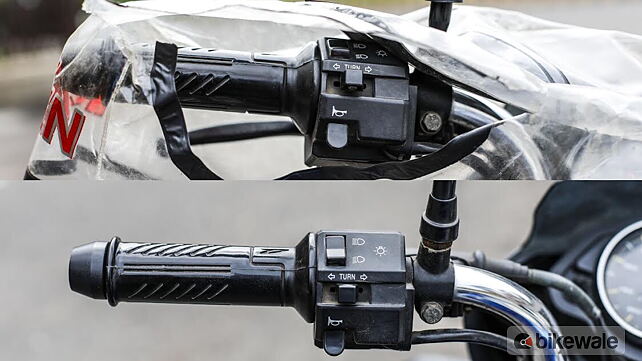








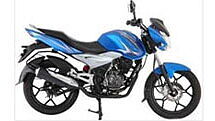
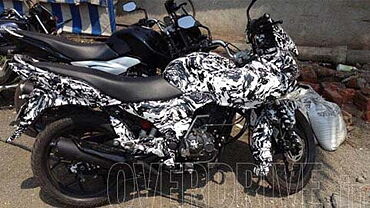
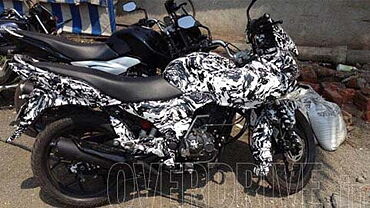
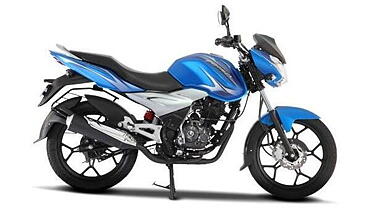
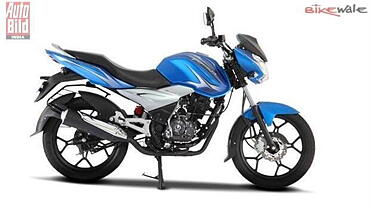
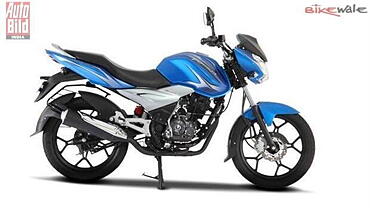

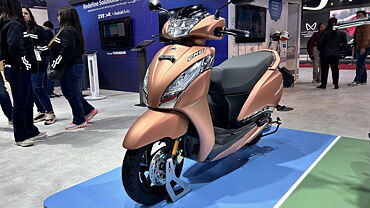
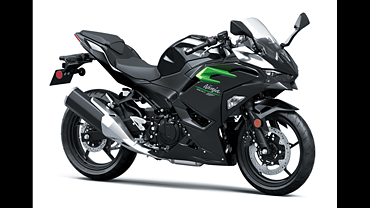
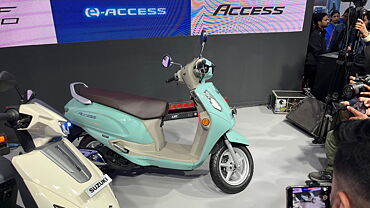
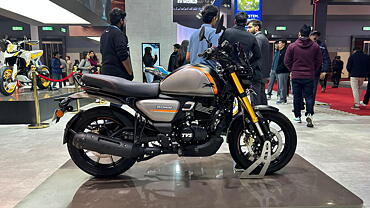
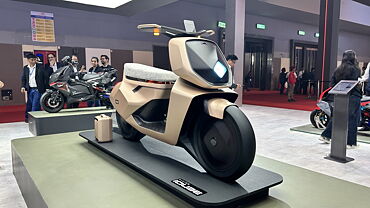
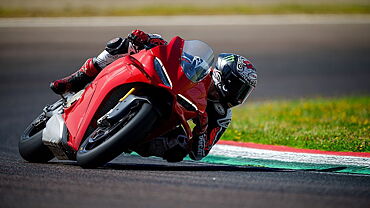
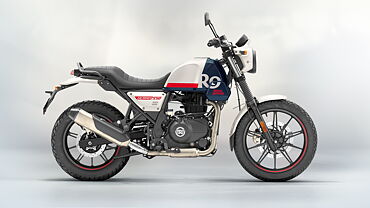
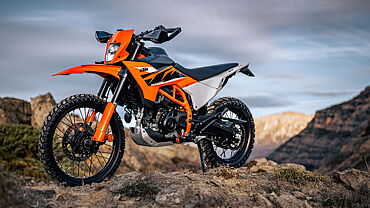






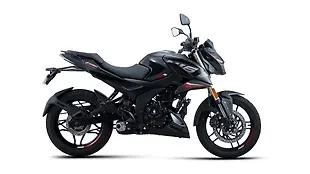
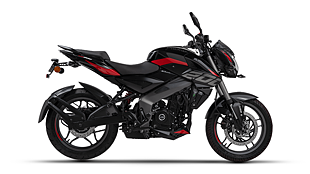
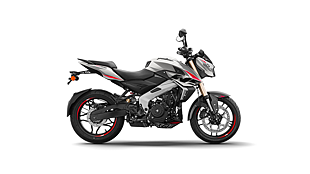





![KTM 390 Adventure X [2025] KTM 390 Adventure X [2025]](https://imgd.aeplcdn.com/272x153/n/cw/ec/190885/390-adventure-x-2025-right-side-view.jpeg?isig=0&q=80)